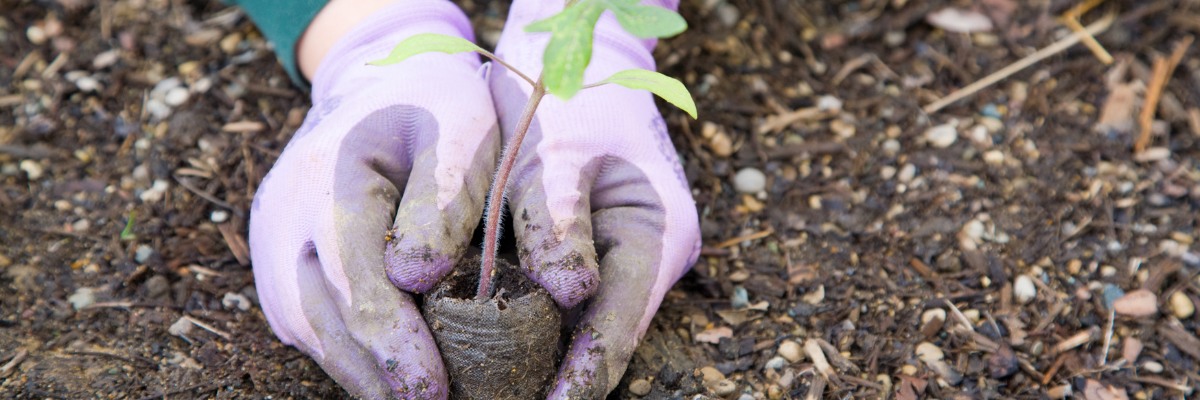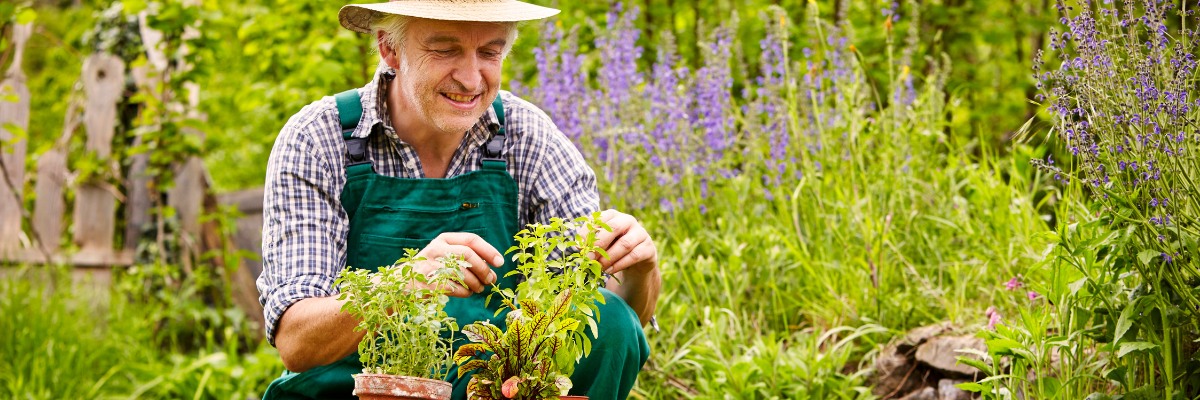Gardening is a fulfilling and rewarding experience that can provide a great sense of accomplishment and satisfaction. To be a successful gardener, you need to have a good understanding of the life cycle of your plants. Understanding the life cycle of your garden plants can help you know when to plant, when to fertilize, when to prune, and when to harvest. In this article, we will explore the life cycle of garden plants from seed to harvest.
The Life Cycle of Garden Plants
Germination
The first stage of the life cycle of a garden plant is germination. This is the process by which a seed sprouts and begins to grow into a seedling. Germination requires three things: water, oxygen, and the right temperature. Seeds need to be planted in soil or a growing medium that is moist, and they need to be exposed to air so that they can breathe. The temperature also plays a crucial role in germination. Some plants require warm soil to germinate, while others prefer cooler temperatures.
Seedling Stage
Once the seed has germinated, it enters the seedling stage. At this stage, the plant starts to grow its first set of true leaves, and its roots begin to develop. The seedling needs plenty of light and water to grow, and it is essential to protect it from harsh weather conditions, pests, and diseases.
Vegetative Stage
After the seedling stage, the plant enters the vegetative stage. This is the stage where the plant starts to grow rapidly, and its leaves become larger and more abundant. The roots also continue to develop and become stronger. During this stage, the plant needs plenty of sunlight, water, and nutrients to support its growth. It is also important to protect the plant from pests, diseases, and harsh weather conditions.
Flowering Stage
Once the plant has reached maturity, it enters the flowering stage. This is the stage where the plant starts to produce flowers. The flowers contain the plant’s reproductive organs, and they are responsible for producing seeds. During this stage, the plant may need extra support and protection to prevent the flowers from being damaged by wind or other external factors.
Fruit and Seed Production Stage
After the plant has produced flowers, it enters the fruit and seed production stage. This is the stage where the plant starts to produce fruits or seeds. The fruits or seeds contain the plant’s offspring and are responsible for continuing the plant’s life cycle. During this stage, it is important to provide the plant with adequate water and nutrients to support the development of the fruits or seeds.
Harvesting Stage
The final stage of the life cycle of a garden plant is the harvesting stage. This is the stage where the fruits or seeds are harvested for consumption or replanting. Harvesting should be done at the right time to ensure that the fruits or seeds are of the highest quality. It is also important to handle the harvested fruits or seeds with care to prevent damage or spoilage.
Understanding the life cycle of your garden plants is crucial for successful gardening. By knowing when to plant, when to fertilize, when to prune, and when to harvest, you can ensure that your plants grow and thrive. Remember to provide your plants with the right amount of water, nutrients, and sunlight, and protect them from pests, diseases, and harsh weather conditions. With patience and dedication, you can enjoy a bountiful harvest from your garden.




